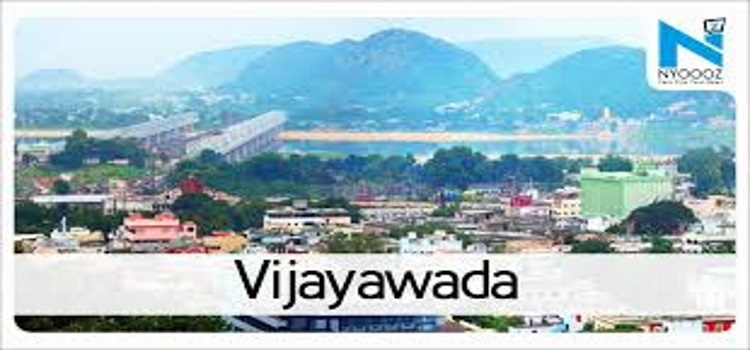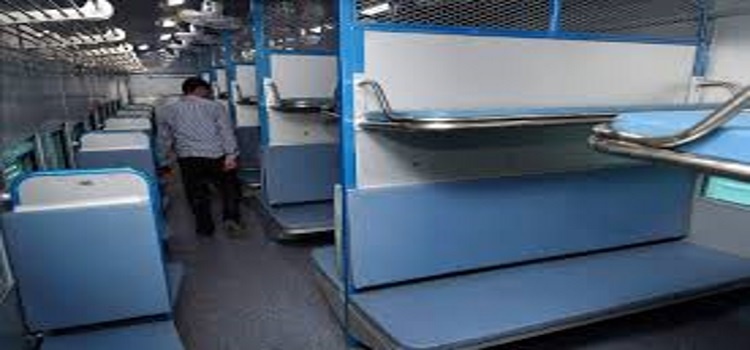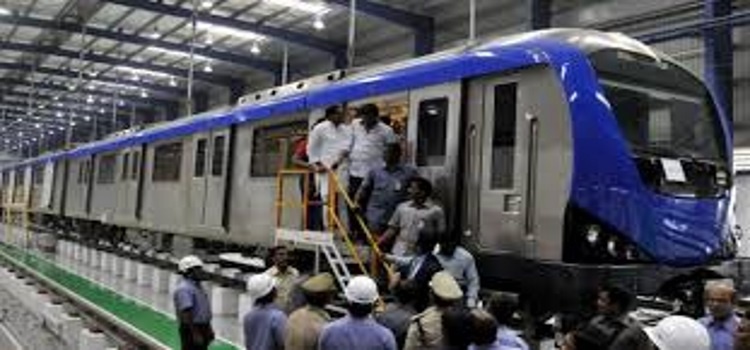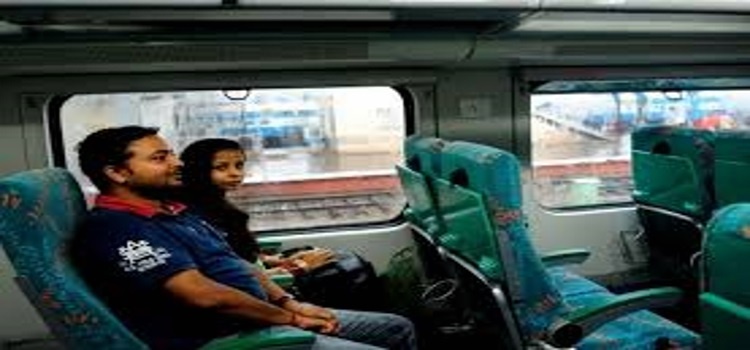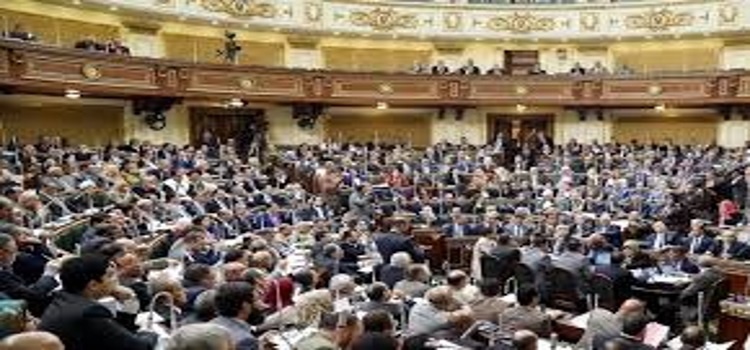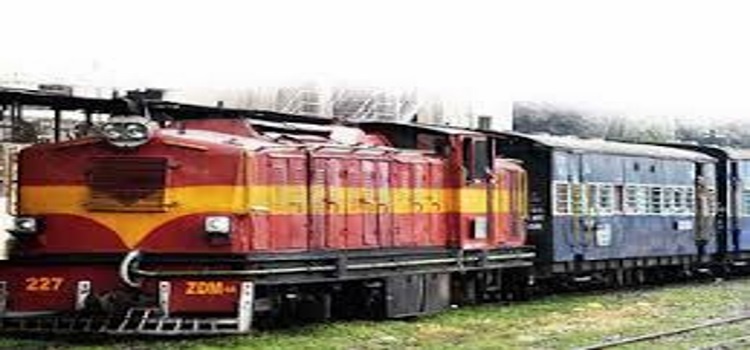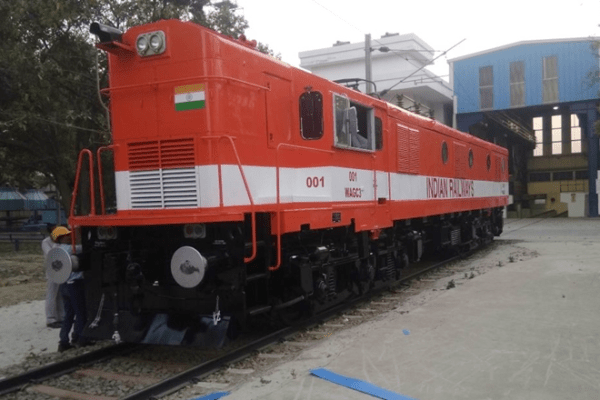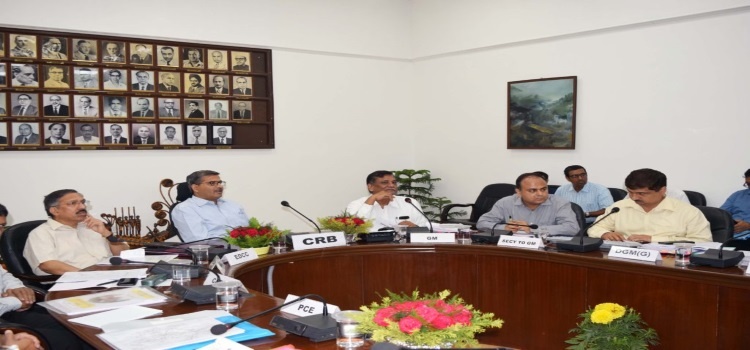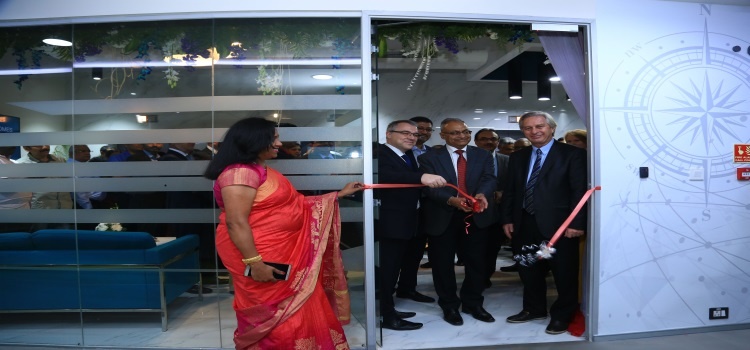
BENGALURU: By moving to a new office in Bengaluru, Frauscher India has strengthened its ability to meet the requirements it faces. “The potential that we discovered in India is in fact even greater than we initially thought. Additionally, we have established our product presence in SEA countries, such as Malaysia, Indonesia, Myanmar and Korea”, says Alok Sinha, Managing Director of Frauscher India. “Within only five years, the location grew from two to approximately 100 employees. We established a dedicated R&D team and increased our order backlog to 40 million euros.” The opening of the new office was celebrated on 15 February 2018. After a meet and greet, which was followed by the official inauguration, all participants gathered at the Shangri-La Hotel Bengaluru for an evening event. There, Michael Thiel, CEO Frauscher Sensor Technology spoke about the visions of Frauscher. Akhilesh Yadav, COO Frauscher Sensor Technology India Private Limited gave a speech on the latest innovations in axle counting, partially produced in Frauscher India’s own production plant in Mysuru. Another office in Delhi provides customers in India with additional support.
Frauscher offers wheel detection systems, axle counters and tracking solutions based on inductive sensor technology and Distributed Acoustic Sensing (DAS), making it easier for system integrators and railway operators to obtain the information they need to run, monitor and protect their operational network. The Frauscher axle counting products differ substantially from the systems of other providers. This includes the options to mount sensors to the track without the need for drilling work and without having to install any active electronics near the track. They also allow establishing an automatic failover, i.e. a hot-standby structure, via redundancies. Mr. Sinha: “Another key feature is the innovative diagnostic tool which we provide with our axle counters.”
Michael Thiel emphasizes: “From a strategic point of view, India is extremely important for us. It is also classed as one of the core markets for the Frauscher Tracking Solutions FTS, which are based on DAS.” FTS offers solutions for fundamental requirements such as continuous train tracking, the monitoring of train and infrastructure components and the detection of unauthorised movements in certain areas. In pilot projects and close cooperation with Indian Railways, Frauscher is developing a system for the ongoing real-time monitoring of components and the transfer of information for the planning of preventive and acute maintenance works.
Frauscher has been chosen as a partner for the “Dedicated Freight Corridor” projects. These major infrastructure initiatives comprise more than 9,000 counting heads for the establishment of a signal technology system on a track length of more than 1,600 km. Another flagship project in India is the cooperation with the Mumbai Railway Vikas Corporation (MRVC) on the Mumbai Urban Transport Project (MUTP). Six million commuters per day, increasing passenger traffic and train frequencies as well as floods and heavy rain made this project particularly challenging. The solution was based on a combination of the Frauscher Axle Counting System ACS2000 and the Wheel Sensor RSR180. The system has proven to work efficiently under extreme conditions: Axle counters have improved the performance of Mumbai’s railway system significantly. Signal incidences due to track vacancy detection have fallen to almost zero.
Strong in the metro sector
Over the course of the past five years, Frauscher India was also able to make a name for itself in the metro sector: “Virtually all projects which are implemented in this segment now rely on our axle counters. There are currently around 1,300 detection points in use on the respective lines”, explains Mr. Sinha.
In close cooperation with the specialists in Austria, the R&D team of Frauscher India develops products specifically for the Indian market and optimises existing products to meet local requirements. Examples are the optimisation of the Wheel Sensor RSR180, the further development of the Frauscher SK150 rail claw, the enhancement of the Counting Head Control CHC principle and the Fixing Bracket BK270, which has been specifically developed for the use in India.
Based on this strong fundament, Frauscher eyes further growth: “In the coming years, we aim to reinforce our position as a leader in the fields of axle counting and wheel detection in India and other global railway markets”, says Mr. Thiel.
About Frauscher
Track more with less: Frauscher Sensor Technology makes it simpler for system integrators and railway operators to obtain the information they need to run, monitor and protect their operational network. Wheel detection systems, axle counters and tracking solutions based on inductive sensor technology and distributed acoustic sensing form an essential component of a wide range of applications. Due to individual trainings and support our customers are able to design, configure, install, adapt and maintain all components and systems by themselves.
